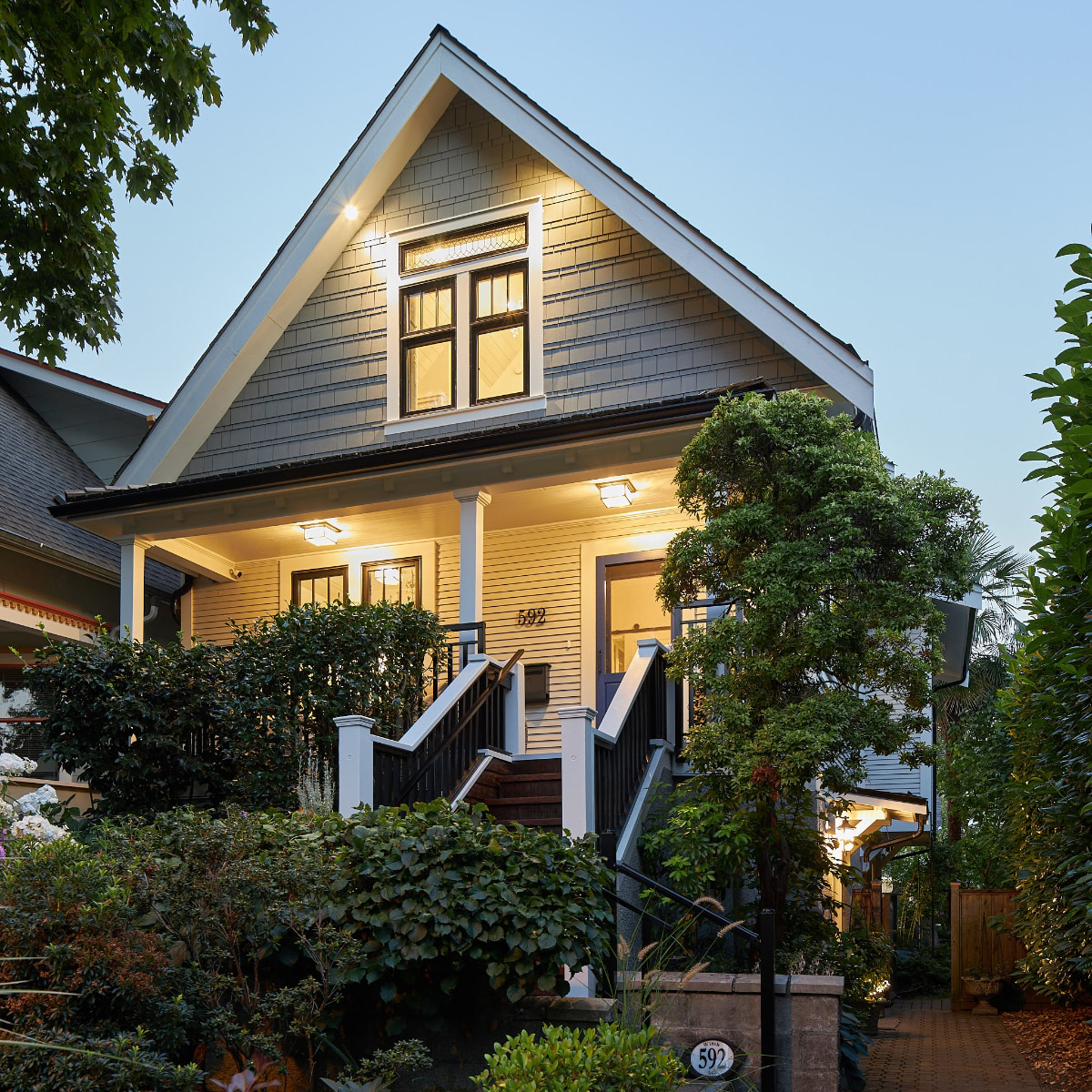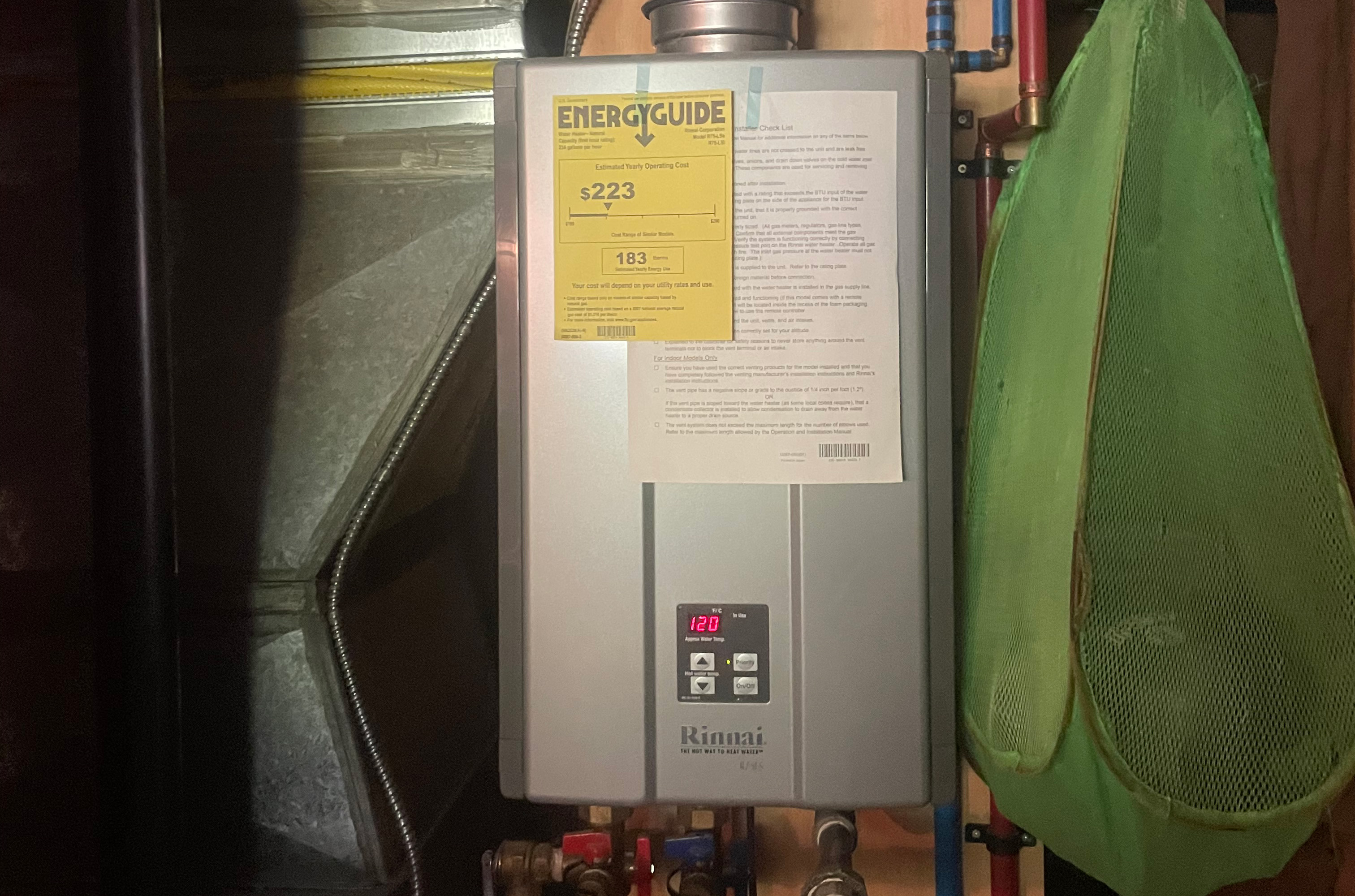What makes an impermeable hardscape?
In Vancouver, hardscape surfaces (driveways, patios, walkways, parking pads, etc.) are regulated by how much of your home's lot may be covered by impermeable materials. These regulations are to limit stormwater runoff, reduce flooding risk and maintain green space. It also helps reduce burden on the stormwater infrastructure. The term “impermeable” is broadly defined and includes surfaces that prevent water from passing through and entering the soil (e.g. concrete, asphalt, compacted surfaces, building coverage). Infill and single‑family residential zones are subject to these rules, particularly in RS‑zones (Residential Single family), RT zones, and others.
What are the impermeable hardscape regulations?
For most properties, the maximum impermeable materials site coverage is capped, typically at 60% or 70%, depending on zoning. The site coverage area encompasses the building footprint, paved areas, driveways, patios, etc. However, some materials with proven permeability (gravel, certain permeable pavers, etc.) are excluded from the impermeable calculation if installed on grade with no impermeable liner beneath them. However, there are provisions for relaxing these limits in specific circumstances, like unusual site configurations or where existing impermeable coverage is already high. Each Lower Mainland municipality will have it's own hardscape rules available on the city's website.
How does this affect my home building/ renovation project?
Here are 5 tips to ensure your home building project is both successful and meets the necessary impermeable hardscape rules.
- Know Your Zone’s Impermeability Limit
- Before designing the hardscape, check what zoning your lot is in (RS, RT, etc.), and verify the maximum allowable percentage of impermeable materials. For many RS zones in Vancouver, the limit is 60% of the total site area. In some RT zones, the limit can be 70% depending on specific schedule rules. Burnaby, New Westminster and other municipalities have similar rules on their websites.
- Before designing the hardscape, check what zoning your lot is in (RS, RT, etc.), and verify the maximum allowable percentage of impermeable materials. For many RS zones in Vancouver, the limit is 60% of the total site area. In some RT zones, the limit can be 70% depending on specific schedule rules. Burnaby, New Westminster and other municipalities have similar rules on their websites.
- Select Permeable Materials & Install Properly
- Using materials like permeable pavers, gravel/river rock withless than 5 cm of depth, wood decking with spacing, or other surface materials (like grass) judged to allow water infiltration can help reduce your impermeable coverage. These materials must be installed on grade (i.e. directly over soil without impermeable liners) and in a way that water can pass through freely.
- Using materials like permeable pavers, gravel/river rock withless than 5 cm of depth, wood decking with spacing, or other surface materials (like grass) judged to allow water infiltration can help reduce your impermeable coverage. These materials must be installed on grade (i.e. directly over soil without impermeable liners) and in a way that water can pass through freely.
- Plan Driveways, Parking & Access with Impermeability in Mind
- Driveways and concrete parking pads are significant contributors to impermeable surface area. When laying out vehicle access, try to reduce paved width where possible, limit large apron extensions, and consider alternative surfaces (gravel, permeable pavers) for overflow or secondary parking.
- Driveways and concrete parking pads are significant contributors to impermeable surface area. When laying out vehicle access, try to reduce paved width where possible, limit large apron extensions, and consider alternative surfaces (gravel, permeable pavers) for overflow or secondary parking.
- Integrate Stormwater Management & Landscaping
- Hardscape design should go hand in hand with landscaping, grading, and drainage planning. Routing roof downspouts to permeable areas, using rain gardens, bioswales, or permeable planter strips helps disperse water before it reaches paved surfaces.
- Proper slope and drainage are key. Even permeable surfaces can fail (ponding, runoff) if the underlying soil is compacted, or if grading directs water improperly. Also ensure any impermeable surfaces are graded so water drains away from the house, not toward foundations or neighboring properties.
- Work With An Expert That Knows The Rules & Regulation
- An experienced design-build builder or landscape architect has the specialized training and understanding for all the hardscape requirements across the lower mainland. They will have the access to the information applicable to your building lot and help you to clearly understand the bylaws.
- Know Your Zone’s Impermeability Limit
Where can I learn more?
For more information on zoning and hardscape rules for the following cities use the links below:
Vancouver
https://vancouver.ca/home-property-development/zoning-and-land-use-policies-document-library.aspx
Burnaby
https://www.burnaby.ca/our-city/bylaws/zoning-bylaw
New Westminster
https://www.newwestcity.ca/zoning-bylaw
North Vancouver
https://www.cnv.org/Business-Development/Building/Land-Use-Approvals/Zoning
West Vancouuver
https://westvancouver.ca/business-development/building-development/development-regulations
If you have any questions or want assistance with the hardscape and zoning requirements for your home build project contact us today using this form.














